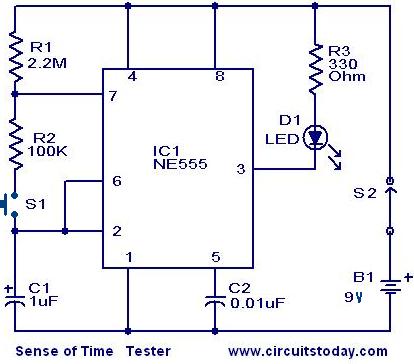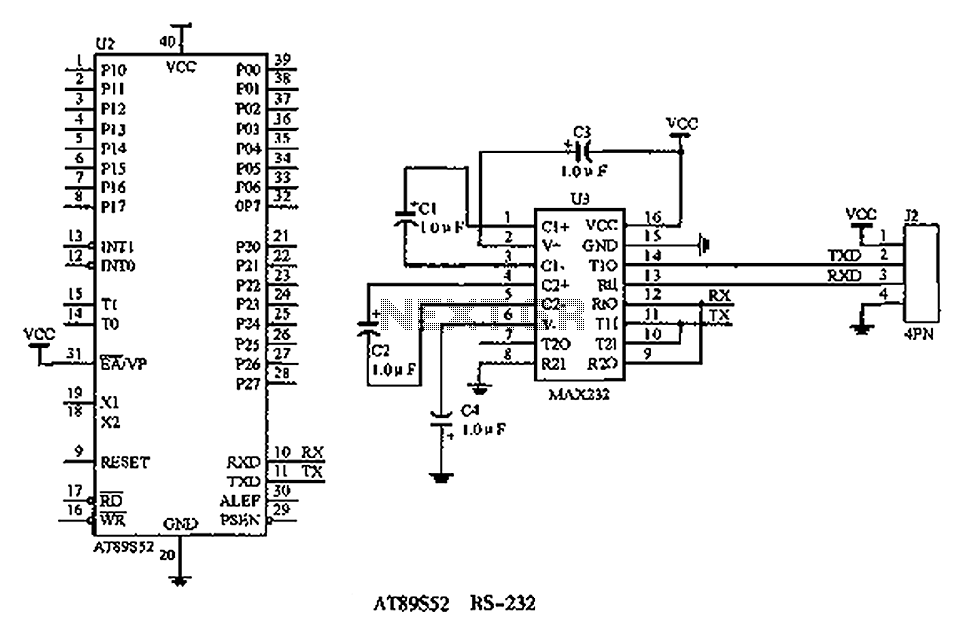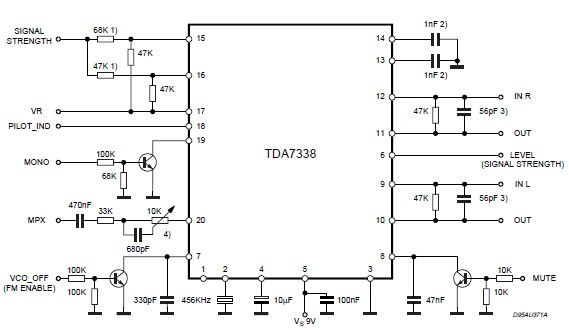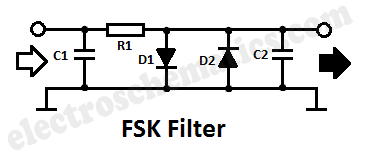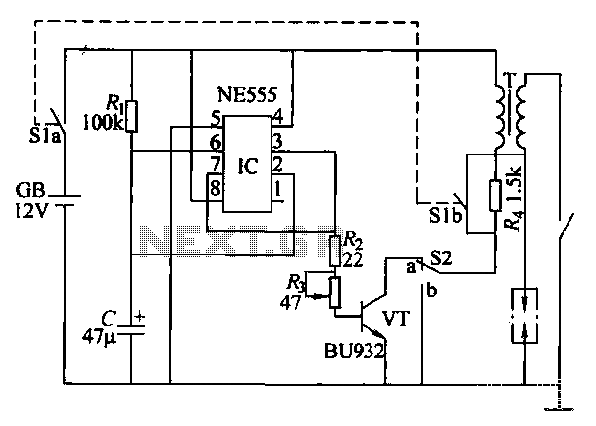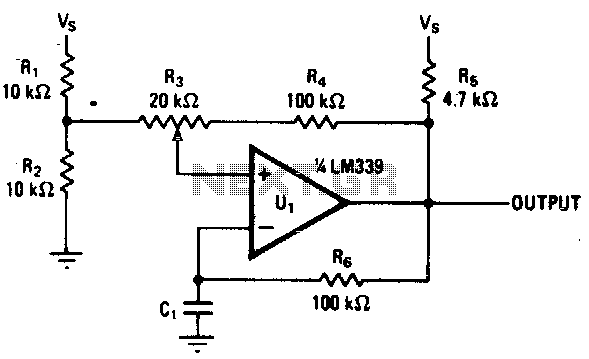
12kHz IF oscillator circuit diagram
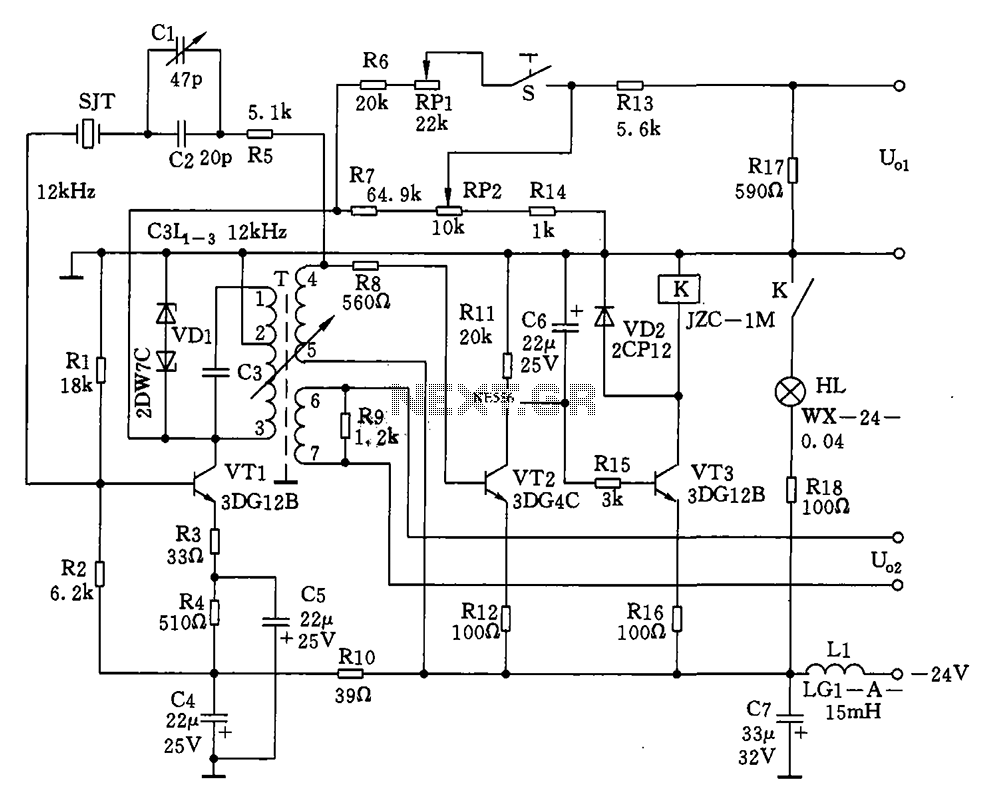
The circuit features a 12kHz intermediate frequency (IF) oscillator utilizing a quartz crystal for precision frequency generation. It includes components for output level adjustment, a level-up circuit, and an alarm circuit. The design employs a unique single-tuned variable feedback oscillation circuit, which incorporates a series of 12kHz quartz crystal resonators. The oscillation frequency is contingent upon the performance of the 12kHz quartz crystal resonator. To enhance reliability and stability of the oscillator output amplitude, a steady exchange limiter circuit is implemented. Additionally, the circuit prioritizes the use of high-reliability components and aims to simplify the design to achieve optimal performance. Technical characteristics include: (1) Nominal frequency: 12kHz; (2) Frequency accuracy: ±0.5Hz; (3) Frequency stability: within a temperature range of 25±20°C, frequency variation of ±1Hz; (4) Output level U01: -40.8dB/600Ω, with level alignment of 3.5dB and stability of ±0.17dB. When switch S is engaged, U01 experiences a level increase of 1.0dB; (5) Output level U02: +3.5±0.8dB/1.2kΩ; (6) The circuit includes visual warning signals when the oscillator halts.
The circuit operates primarily as an IF oscillator, providing a stable output frequency essential for various applications, such as radio frequency (RF) communication systems or signal processing devices. The use of quartz crystal resonators ensures high frequency stability, making it suitable for environments where precision is critical. The feedback oscillation circuit design allows for efficient frequency generation while minimizing component count, which is advantageous for both cost and reliability.
The output level adjustment feature enables the circuit to adapt to different load conditions, ensuring consistent performance across various applications. The level-up circuit serves to amplify the output signal when necessary, providing flexibility in signal processing. The integrated alarm circuit is a critical safety feature, alerting users to any operational anomalies, such as a failure in oscillation, which is indicated by visual signals.
The choice of components emphasizes reliability, with a focus on maintaining circuit stability under varying temperature conditions. The nominal frequency of 12kHz, along with the specified accuracy and stability parameters, positions this oscillator design as an effective solution for applications requiring dependable frequency generation. This circuit exemplifies a well-engineered approach to IF oscillator design, balancing performance, reliability, and simplicity. As shown by the 12kHz 12kHz IF oscillator quartz oscillator, the output level adjustment, level-up circuit and alarm circuit components. It uses a novel single-tuned variable f eedback oscillation circuit, in a feedback loop, a series 12kHz quartz crystal resonators, so that the oscillation frequency depends l2kHz quartz crystal resonator performance. To improve the reliability and the oscillator output amplitude stability, using a steady exchange limiter circuit, in other respects, the circuit as far as possible stable high reliability devices, simplify the circuit, so as to obtain excellent performance.Technical characteristics: (1) Nominal frequency: 12kHz; (2) frequency accuracy: f 0.5Hz; (3) Frequency stability: at a temperature in the range of 25 20, f lHz; (4) the output level of U01: -40.8dB/600, align the scope 3.5dB.
Level stability dB 0.17dB.When the switch S is closed, U01 level upgrade l0.5dB; (5) Output level U02: + 3.5 0.8dB/1.2k ; (6) When the oscillator to stop, visible warning signals.
The circuit operates primarily as an IF oscillator, providing a stable output frequency essential for various applications, such as radio frequency (RF) communication systems or signal processing devices. The use of quartz crystal resonators ensures high frequency stability, making it suitable for environments where precision is critical. The feedback oscillation circuit design allows for efficient frequency generation while minimizing component count, which is advantageous for both cost and reliability.
The output level adjustment feature enables the circuit to adapt to different load conditions, ensuring consistent performance across various applications. The level-up circuit serves to amplify the output signal when necessary, providing flexibility in signal processing. The integrated alarm circuit is a critical safety feature, alerting users to any operational anomalies, such as a failure in oscillation, which is indicated by visual signals.
The choice of components emphasizes reliability, with a focus on maintaining circuit stability under varying temperature conditions. The nominal frequency of 12kHz, along with the specified accuracy and stability parameters, positions this oscillator design as an effective solution for applications requiring dependable frequency generation. This circuit exemplifies a well-engineered approach to IF oscillator design, balancing performance, reliability, and simplicity. As shown by the 12kHz 12kHz IF oscillator quartz oscillator, the output level adjustment, level-up circuit and alarm circuit components. It uses a novel single-tuned variable f eedback oscillation circuit, in a feedback loop, a series 12kHz quartz crystal resonators, so that the oscillation frequency depends l2kHz quartz crystal resonator performance. To improve the reliability and the oscillator output amplitude stability, using a steady exchange limiter circuit, in other respects, the circuit as far as possible stable high reliability devices, simplify the circuit, so as to obtain excellent performance.Technical characteristics: (1) Nominal frequency: 12kHz; (2) frequency accuracy: f 0.5Hz; (3) Frequency stability: at a temperature in the range of 25 20, f lHz; (4) the output level of U01: -40.8dB/600, align the scope 3.5dB.
Level stability dB 0.17dB.When the switch S is closed, U01 level upgrade l0.5dB; (5) Output level U02: + 3.5 0.8dB/1.2k ; (6) When the oscillator to stop, visible warning signals.
Warning: include(partials/cookie-banner.php): Failed to open stream: Permission denied in /var/www/html/nextgr/view-circuit.php on line 713
Warning: include(): Failed opening 'partials/cookie-banner.php' for inclusion (include_path='.:/usr/share/php') in /var/www/html/nextgr/view-circuit.php on line 713
